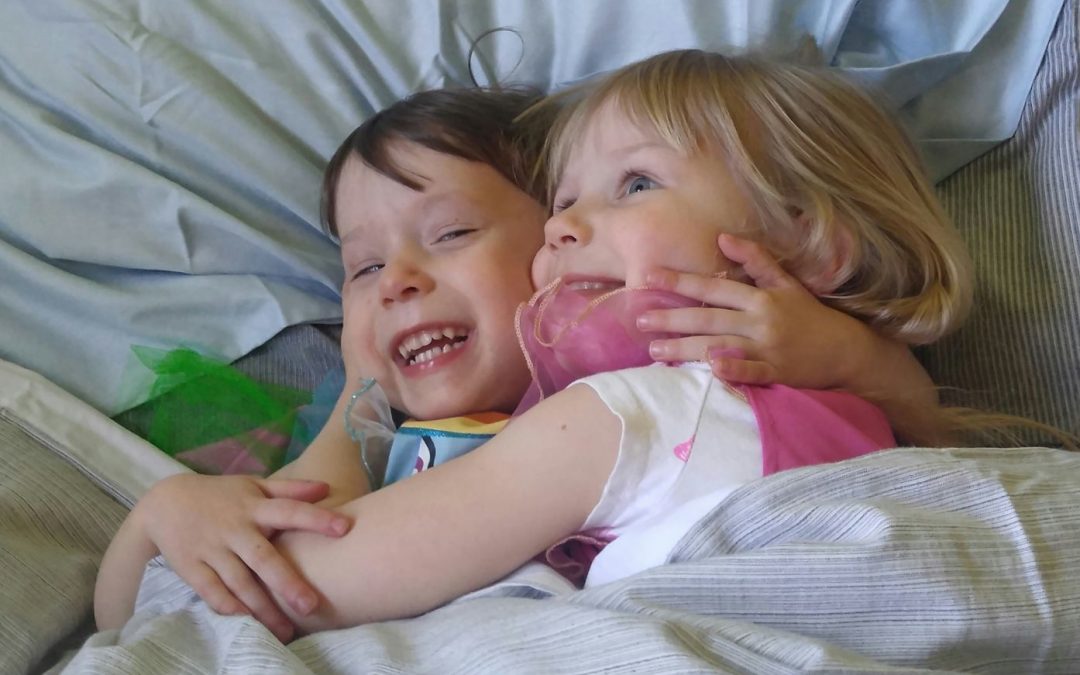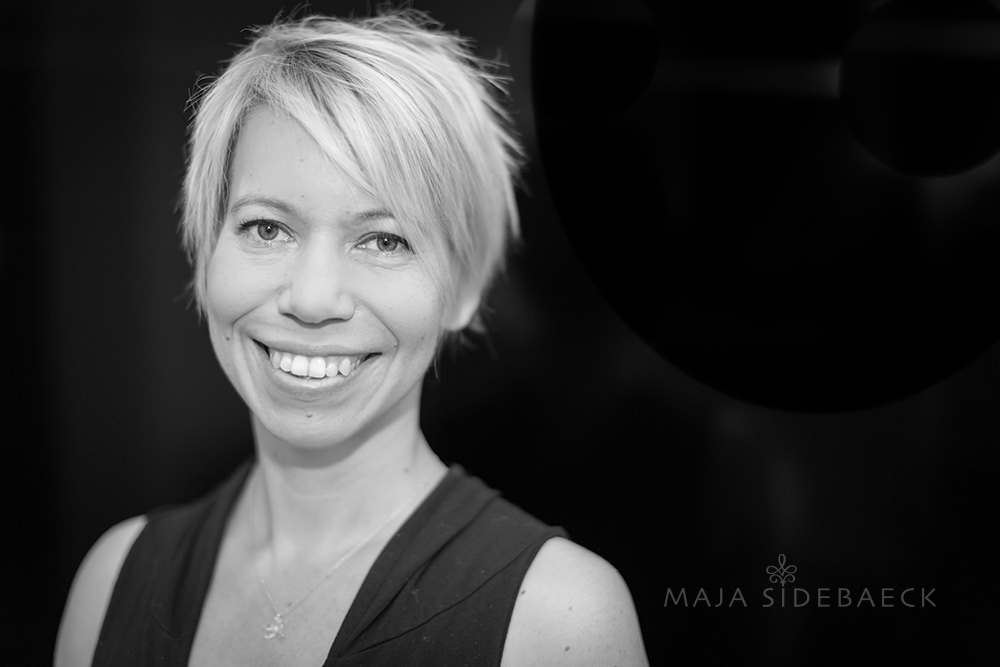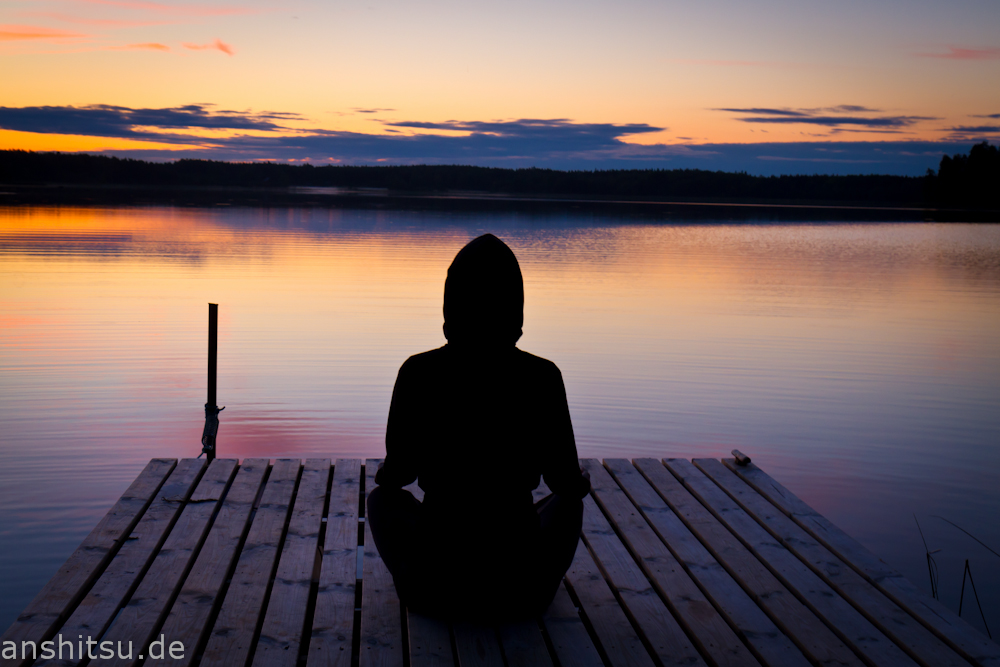
We’re all in this together
We’re all in this together
There is no clear definition between you and that chair you are sitting in right now. Part of what was once that chair is now a part of you and vice versa. You are constantly exchanging particles with everything you come in contact with. This interaction becomes more obvious and familiar when we consider the processes of breathing, eating and drinking. What constitutes your body now is not the same as last year, last week or even this morning. This is true for all of us and everything in this universe. We are all deeply connected to and interdependent with our environment and each other. Our words and actions influence each other and the planet and we are influenced in return. We are like individual cells in one large organism. In this sense we really are one.
This is not what most of us experience though. On the contrary we often feel disconnected. We may feel like it doesn’t make any difference what we say or do, and what happens outside of our corner of the world may be of little interest or importance to us. There is a small part of our brain that creates this experience of being a separate entity. For a more thorough explanation of this I recommend reading Jill Bolte Taylor’s fascinating book “My Stroke of Insight”. She is a brain scientist who suffered a stroke in which the part of her brain that creates this feeling of separateness was knocked out. She also lost her sense of time which made her unaware of the past or the future. Instead she experienced an eternal now, fully absorbed in the present moment. This was a calm, peaceful, joyful experience for her. Some part of her previous consciousness remained though and somehow she found the motivation to recover from this stroke and share her story.
Most of us will never experience such a deep, prolonged experience of connection, but it is not unusual to catch a glimpse of it. We may experience it when we are deeply engrossed in a creative pursuit, which often leads to a feeling of being connected to something larger than ourselves while forgetting about space and time. We can also feel a strong, wordless connection with other beings. Whatever form it may take, we all yearn for this feeling of connection. We all want to feel like we matter and that we are a part of something. We humans thrive when we feel part of a community. One could say that the aim of yoga is to experience connection. Yoga means union, and through meditative practices we may touch in with Samadhi, the bliss state, which is the realization that we are all one, deeply intertwined and interdependent.
Although our feeling of separateness is an illusion, it is for many purposes a practical one. Being in a blissful state feeling deeply connected to everyone and everything is nice, but is not so conducive to action. Our individual bodies and minds are the vessels through which we can act, create and contribute to the world. If we can stay grounded in ourselves while incorporating the awareness and wisdom of the larger perspective then we can really make choices that are supportive of the greater whole.
“You cannot get through a single day without having an impact on the world around you. What you do makes a difference, and you have to decide what kind of difference you want to make.”
– Jane Goodall
Realizing that we are all connected and that our individual actions matter comes with responsibility. We influence people and the world around us all the time whether we want to or not. Our interdependence means that making choices that positively impact others and our planet is not purely altruistic, it is vital for our own well-being.
When people that are in need are being helped we all do better. A rising tide lifts all boats. Climate change, inequality, war in other countries, it all affects us. Now of course these are immense challenges and much can be discussed in how best to combat them, but if the awareness of our interdependence can be the guiding principle we have a sound foundation for wise choices. If we can also take advantage of the vast amount of scientific, historical and psychological knowledge in this world, then our words and actions can make a truly positive impact. If we all were to do that, then hey, we might actually be able to solve some major, global problems. That may seem like a pipe dream. We can’t control the actions of others and there is so much pain and ignorance in this world. But doing nothing is also a choice that has consequences. As Jane Goodall also said: “The greatest danger to our future is apathy.”
We can choose to be a force for good and contribute to the well-being of this greater whole that we are all a part of. Everything we do has an impact. Use your power wisely.




